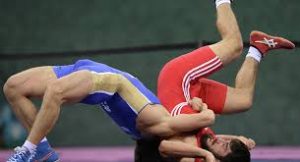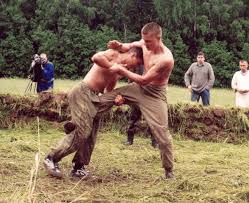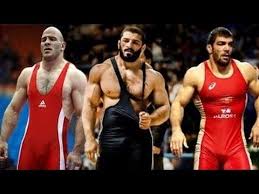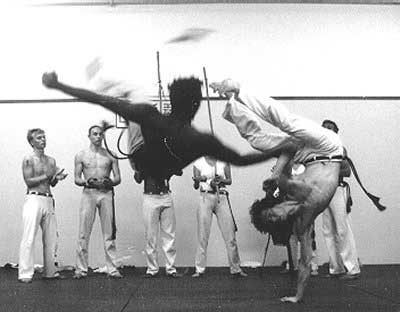athletic shoes
DEVELOPMENT OF THE CLASSICAL FIGHT DURING THE SOVIET PERIOD
 In 1924, the country’s first classic wrestling championship was held – according to the new rules adopted in the USSR. Competitions were held in Kiev with the participation of 41 athletes. Fights were held in 5 weight categories according to the formula of 2 rounds of 20 minutes – with a possible draw outcome. Given the technical advantage, the wrestler received half the victory and could win on points. Continue reading
In 1924, the country’s first classic wrestling championship was held – according to the new rules adopted in the USSR. Competitions were held in Kiev with the participation of 41 athletes. Fights were held in 5 weight categories according to the formula of 2 rounds of 20 minutes – with a possible draw outcome. Given the technical advantage, the wrestler received half the victory and could win on points. Continue reading
FIGHT IN PRE-REVOLUTIONARY RUSSIA
 The development of modern struggle in Russia began at the end of the 19th century. Until the 80s she was fond of only single enthusiasts. In 1885, on the initiative of a physician and a great adherent of physical education, Vladislav Kraevsky, a weightlifting club was formed in St. Petersburg, in which they also engaged in wrestling. Over time, wrestling clubs and “weightlifting” societies began to appear in Moscow, and then in other cities. Continue reading
The development of modern struggle in Russia began at the end of the 19th century. Until the 80s she was fond of only single enthusiasts. In 1885, on the initiative of a physician and a great adherent of physical education, Vladislav Kraevsky, a weightlifting club was formed in St. Petersburg, in which they also engaged in wrestling. Over time, wrestling clubs and “weightlifting” societies began to appear in Moscow, and then in other cities. Continue reading
SLAVIC-GORITSKAYA FIGHT (part3)
 GENERAL PROVISIONS.
GENERAL PROVISIONS.
Competitions in the Slavic-Goritsky wrestling are held in all these styles – with the exception of the breast – according to approximately similar rules. (In flexible rebuilding fights are held in the category “style versus style”, that is, with representatives of other martial arts). Their main principle is maximum realism with a minimum of restrictions on the equipment used.
The site should have an area of at least 36 sq. M., – with the exception of fire fighting competitions (at least 50 sq. M.). Continue reading




